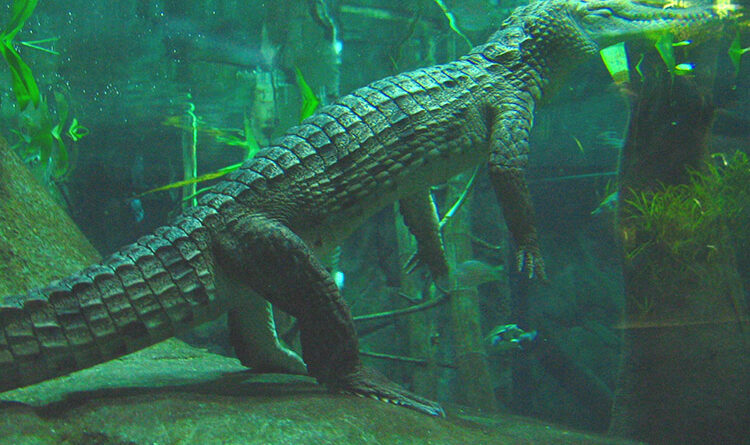Nile Crocodile in Freshwater Habitats
Nile Crocodile in Freshwater Habitats The Nile crocodile (Crocodylus niloticus) is one of the most iconic and powerful predators of Africa’s freshwater systems. Known for its sheer size and strength, this apex predator has thrived in a variety of aquatic environments for millions of years. This article delves into the significance of the Nile crocodile in freshwater habitats, highlighting its adaptations, role in the ecosystem, and conservation challenges.
Physical and Behavioral Adaptations to Freshwater Habitats
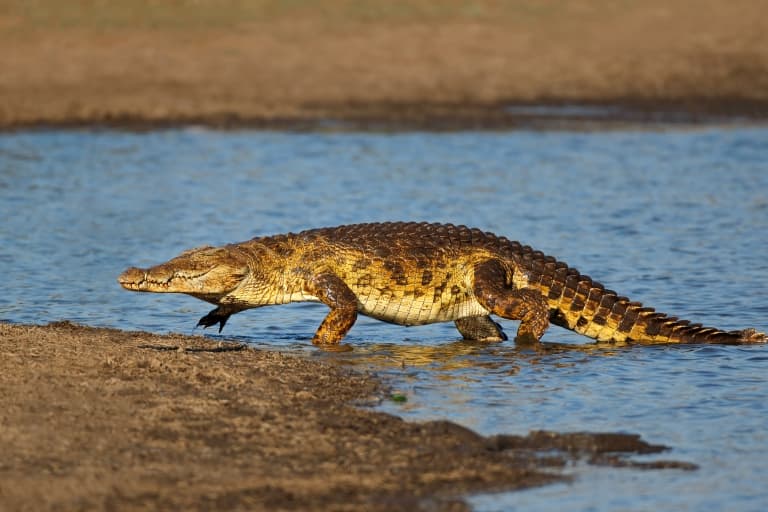
The Nile crocodile has evolved distinct physical and behavioral traits that make it well-suited to freshwater habitats. Its elongated, streamlined body and muscular tail enable it to swim with agility in rivers, lakes, and marshes. Webbed feet aid in propulsion through water, while its specialized eyes allow for clear vision both above and below the water surface. This unique ocular adaptation, combined with a nictitating membrane, enables the crocodile to spot prey even in murky waters.
Table: Key Characteristics and Information about Nile Crocodiles in Freshwater Habitats
| Category | Description |
|---|---|
| Scientific Name | Crocodylus niloticus |
| Habitat | Rivers, lakes, marshes, estuaries, and other freshwater systems in sub-Saharan Africa. |
| Physical Adaptations | Streamlined body, webbed feet, specialized eyes for underwater vision, strong jaws, and muscular tail for swimming. |
| Distribution | Found across sub-Saharan Africa, from West Africa to the Nile Basin, and parts of Madagascar. |
| Diet | Fish, amphibians, birds, small mammals, and larger prey like antelope, zebras, and young hippos. |
| Hunting Strategy | Ambush predator: uses stealth, remains submerged, and strikes suddenly to capture prey at the water’s edge. |
| Role in Ecosystem | Apex predator that regulates prey populations, maintains ecosystem balance, and scavenges carrion. |
| Reproduction | Lays eggs in nests dug into sandy riverbanks or lake shores; incubation period of approximately 90 days. |
| Average Lifespan | 50-70 years in the wild, depending on habitat conditions and food availability. |
| Primary Threats | Habitat loss, water pollution, illegal hunting, and human-crocodile conflicts. |
| Conservation Status | Listed as “Least Concern” on the IUCN Red List, but some local populations are threatened due to human activities. |
| Conservation Strategies | Establishing protected areas, enforcing anti-poaching laws, community-based conservation, and sustainable management of freshwater resources. |
| Human-Crocodile Conflict Mitigation | Education, warning signs, maintaining a safe distance, and implementing conflict mitigation strategies. |
| Tips for Coexistence | Avoid swimming in known crocodile habitats, keep a safe distance, protect livestock, and follow local guidelines. |
| Unique Facts | Nile crocodiles have temperature-dependent sex determination, where nest temperature influences the sex of hatchlings. |
Behaviorally, the Nile crocodile has developed efficient hunting strategies to thrive in freshwater habitats. They are ambush predators, lying in wait near riverbanks and lake shores, using their ability to remain submerged and motionless for extended periods. This allows them to launch sudden, powerful attacks on unsuspecting prey. In addition, these crocodiles exhibit complex nesting behaviors, selecting riverbanks or nearby sandy areas for laying eggs, where conditions ensure optimal temperature and humidity for incubation.
Distribution and Preferred Freshwater Habitats
The Nile crocodile has a wide distribution across sub-Saharan Africa, extending into parts of Madagascar and other regions. It thrives in a diverse range of freshwater habitats, including rivers, lakes, marshes, and estuaries. Typically, these crocodiles prefer areas with slow-moving or still waters and dense vegetation along the banks, which provide cover and optimal nesting sites. During the dry season, Nile crocodiles often migrate between water bodies to find suitable habitats and maintain their access to water.
Role of Nile Crocodiles in Freshwater Ecosystems
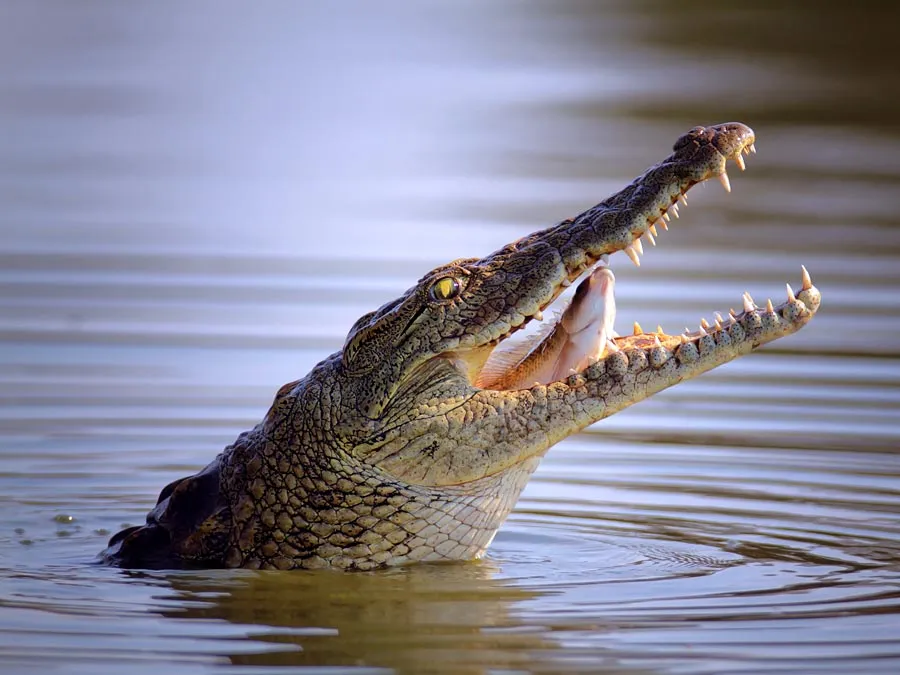
As apex predators, Nile crocodiles play a crucial role in maintaining the health and balance of freshwater ecosystems. By preying on a variety of species, from fish and amphibians to large mammals, they help regulate populations and prevent overgrazing or overfishing. This predatory pressure promotes species diversity and keeps the ecosystem in equilibrium. Furthermore, the scavenging behavior of Nile crocodiles helps clean the environment by removing carcasses, thus preventing the spread of disease and contributing to nutrient cycling within aquatic ecosystems.
Feeding Ecology and Diet in Freshwater Systems
The diet of Nile crocodiles varies based on their size, age, and the availability of prey. In freshwater environments, their primary food sources include fish, birds, amphibians, and small mammals. Larger individuals are capable of taking down larger prey such as antelope, zebras, and even young hippos. They are opportunistic feeders, adjusting their diet according to seasonal fluctuations in water levels and prey availability. This versatility in feeding behavior ensures their survival even during periods of food scarcity.
Reproductive Behavior in Freshwater Habitats
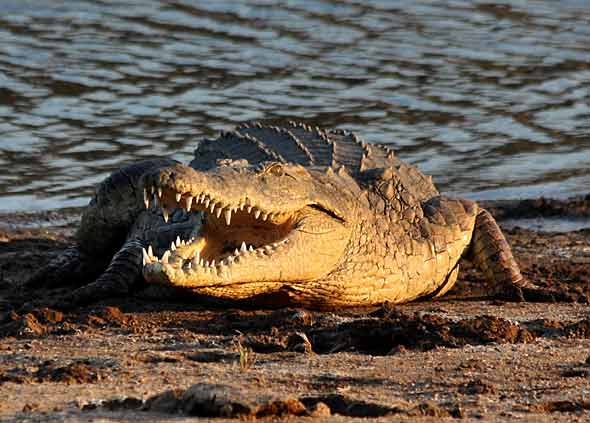
Reproduction in Nile crocodiles is closely tied to their freshwater habitats. During the breeding season, males engage in courtship displays to attract females, often involving vocalizations and water displays. Once mating is successful, the female selects a suitable nesting site, usually a sandy riverbank or the shore of a lake, where she digs a hole to lay her eggs. The incubation period lasts about 90 days, with temperature playing a crucial role in determining the sex of the hatchlings. After hatching, the mother provides protection and guidance to the young, escorting them to the water and staying vigilant against potential predators.
Human-Crocodile Interactions in Freshwater Regions
Freshwater habitats often bring Nile crocodiles into close contact with human communities, leading to conflicts and safety concerns. Crocodiles may prey on livestock and, in rare cases, attack humans, making them both feared and respected by local populations. These interactions are further intensified during the dry season, when crocodiles congregate in shrinking water bodies, increasing the likelihood of encounters. Mitigating human-crocodile conflict requires a nuanced understanding of their behavior and habitat use, as well as community education and sustainable management practices.
Conservation Challenges and Threats in Freshwater Habitats
Nile crocodiles face several threats, primarily due to habitat loss and human activity. Expansion of agriculture and settlements has led to the degradation and fragmentation of freshwater habitats. Pollution from agricultural runoff and industrial waste poses serious health risks to crocodiles and their prey. Moreover, illegal hunting for skins, meat, and traditional medicine remains a concern, despite legal protections in many countries. Habitat loss has also resulted in increased competition for space and food resources, making conservation efforts more challenging.
Conservation Strategies and Management of Freshwater Habitats
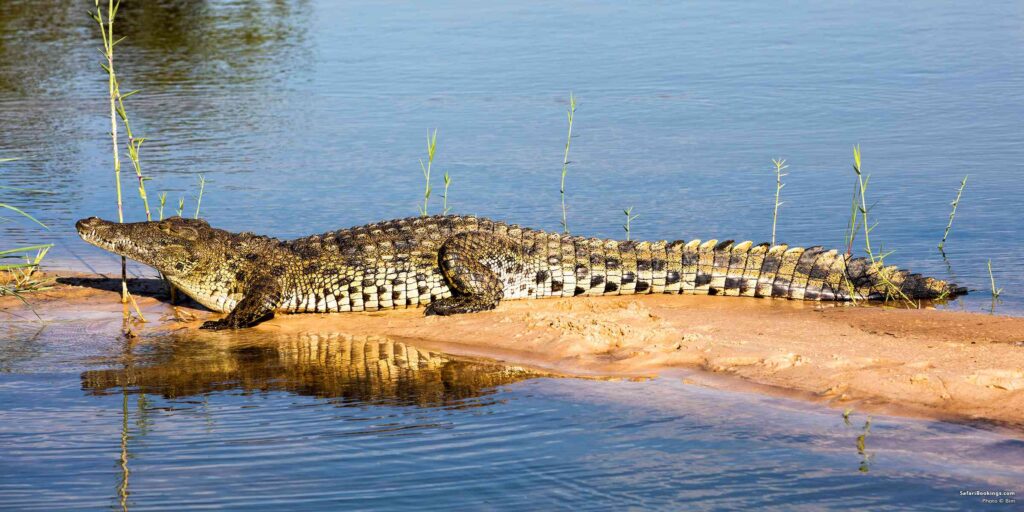
Effective conservation of Nile crocodiles requires a multifaceted approach. Establishing and maintaining protected areas where crocodiles can thrive without human interference is crucial. These sanctuaries ensure safe breeding and nesting sites, reducing the risk of habitat-related threats. Community-based conservation programs that involve local people in monitoring and protecting crocodile populations have shown promising results. Educating communities about the ecological importance of Nile crocodiles can foster coexistence and reduce conflict.
Sustainable management of freshwater resources is another key component of conservation. Maintaining clean, unpolluted water bodies, enforcing anti-poaching laws, and regulating fishing practices are necessary steps to safeguard the habitat integrity and health of Nile crocodile populations.
Conclusion
The Nile crocodile is not only a formidable predator but also an essential component of freshwater ecosystems. Its role in regulating prey populations and maintaining ecological balance underscores its importance. However, the continued survival of Nile crocodiles in their freshwater habitats is threatened by habitat loss, pollution, and human conflict. Concerted conservation efforts, involving both protected area management and community engagement, are necessary to secure the future of these iconic reptiles. By understanding and preserving the freshwater habitats they depend on, we can ensure that the Nile crocodile remains a thriving presence in Africa’s rivers and lakes for generations to come.
FAQs: Nile Crocodile in Freshwater Habitats
What is the scientific name of the Nile crocodile?
The scientific name of the Nile crocodile is Crocodylus niloticus.
Where are Nile crocodiles commonly found?
Nile crocodiles are commonly found in sub-Saharan Africa, inhabiting a variety of freshwater ecosystems such as rivers, lakes, marshes, and estuaries.
What are the physical adaptations of Nile crocodiles that make them suited for freshwater habitats?
Nile crocodiles have several adaptations, including:
- Streamlined body and muscular tail for swimming.
- Webbed feet for improved movement in water.
- Specially adapted eyes with a nictitating membrane for clear vision underwater.
- Ability to hold their breath for long periods, allowing for stealthy hunting.
What do Nile crocodiles eat in freshwater habitats?
Nile crocodiles are opportunistic feeders and primarily consume fish, birds, amphibians, and small to medium-sized mammals. Larger crocodiles can hunt bigger prey such as antelope, zebras, and young hippos.
How do Nile crocodiles hunt in freshwater environments?
Nile crocodiles are ambush predators. They lie in wait near riverbanks or lake shores, often staying submerged with only their eyes and nostrils visible. When prey approaches, they launch a rapid, powerful attack using their strong jaws to capture and drag the prey into the water.
What role do Nile crocodiles play in freshwater ecosystems?
As apex predators, Nile crocodiles help regulate populations of various species, including fish and mammals, thereby maintaining the ecological balance of freshwater ecosystems. Their scavenging also helps keep the environment clean by consuming carrion.
Tips for Understanding and Coexisting with Nile Crocodiles in Freshwater Habitats
Learn About Their Behavior and Habitat
- Understand that Nile crocodiles are primarily found in freshwater habitats such as rivers, lakes, and marshes.
- Familiarize yourself with their behavior, including their hunting, nesting, and territorial patterns, especially during the breeding season.
Maintain a Safe Distance:
- If you encounter a Nile crocodile, always maintain a safe distance of at least 15-20 meters (50-65 feet). Do not approach, feed, or provoke them, as they can react aggressively.
- Be cautious near water bodies that are known to be crocodile habitats, especially at dawn and dusk when they are most active.
Avoid Swimming in Crocodile Habitats:
- Avoid swimming in rivers, lakes, or any water bodies known to have crocodiles. If you must enter the water, use designated swimming areas that are monitored and considered safe.
- Refrain from wading or standing near the water’s edge, as crocodiles can launch sudden attacks from the water.
Follow Local Guidelines and Warnings:
- Pay attention to local warnings, signs, and guidelines about crocodile activity in the area.
- Listen to advice from local authorities, park rangers, or tour guides when visiting areas where Nile crocodiles are present.
Keep Pets and Livestock Away from Water Bodies:
- Keep pets and livestock away from rivers, lakes, and other water sources to reduce the risk of predation.
- If you live near crocodile habitats, consider building enclosures or fences to protect animals from potential attacks.
Be Aware During the Dry Season:
- During the dry season, water bodies shrink, concentrating crocodile populations and increasing the likelihood of human-crocodile encounters. Be extra vigilant and avoid areas where crocodiles may congregate.
